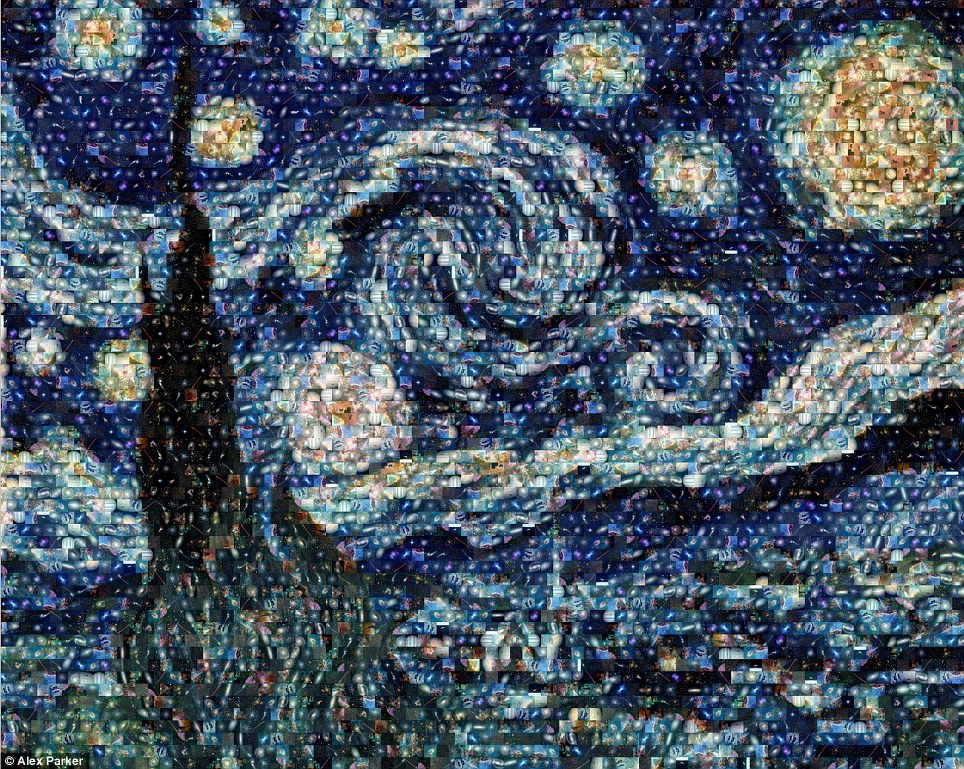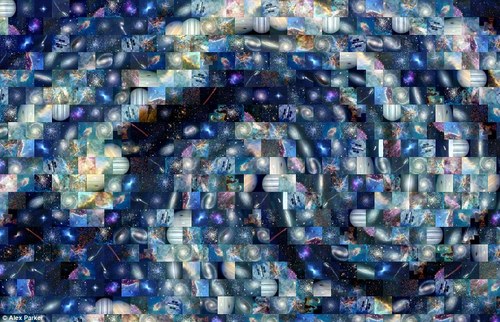Daring Russian sample return mission to Martian moon Phobos aims for November liftoff

This will be an awesome mission if it is succesful. Returning samples from another moon in our solar system will give us something new to study so that we might unerstand more about our neighborhood. Although, Phobos might not be a moon and in fact a space station or craft ( http://www.enterprisemission.com/Phobos.html )
In just over three weeks’ time, Russia plans to launch a bold mission to Mars whose objective, if successful , is to land on the Martian Moon Phobos and return a cargo of precious soil samples back to Earth about three years later.
Read more HERE
Hubble survey carries out a dark matter census

This might be an idirect method for detecting dark matter, then again it might be detecting something else entirely.
The NASA/ESA Hubble Space Telescope has been used to make an image of galaxy cluster MACS J1206.2-0847. The apparently distorted shapes of distant galaxies in the background is caused by an invisible substance called dark matter, whose gravity bends and distorts their light rays. MACS 1206 has been observed as part of a new survey of galaxy clusters using Hubble.
Read more HERE
G299.2-2.9, a middle-aged supernova remnant

I just thought this was beautiful and thought I'd share it.
G299.2-2.9 is an intriguing supernova remnant found about 16,000 light years away in the Milky Way galaxy. Evidence points to G299.2-2.9 being the remains of a Type Ia supernova, where a white dwarf has grown sufficiently massive to cause a thermonuclear explosion
Read more HERE
Clearing the cosmic fog of the early universe: Massive stars may be responsible

While an interesting theory with some evidence, I don't much care... again I just thought this was beautiful.
The space between the galaxies wasn't always transparent. In the earliest times, it was an opaque, dense fog. How it cleared is an important question in astronomy. New observational evidence from the University of Michigan shows how high energy light from massive stars could have been responsible.
Read more HERE
Distant galaxies reveal the clearing of the cosmic fog

This is just an interesting look into the early universe, and again a beautiful image.
Scientists have used ESO's Very Large Telescope to probe the early Universe at several different times as it was becoming transparent to ultraviolet light. This brief but dramatic phase in cosmic history occurred around 13 billion years ago. By studying some of the most distant galaxies, the team has been able to establish a timeline for reionisation for the first time. They have also demonstrated that this phase must have happened quicker than previously thought.
Read more HERE
Astronomers find elusive planets in decade-old Hubble data

This is great, we now have a few different ways we are detecing planets... what's great is with this data from 1998 gives us locations of objects then, and if we regularly check those areas of space regularly we will begin to detect more and more planets as we detect ones with longer and longer orbits around their star(s).
In a painstaking re-analysis of Hubble Space Telescope images from 1998, astronomers have found visual evidence for two extrasolar planets that went undetected back then.
Read more HERE
NASA to test new solar sail technology

There are many applications I can think of for this. It would be a great way to deploy communications relays for missions to the outer reaches of your solar system, after deploying such a network you could then send probes all over our solar system and have them be able to radio back reliably via the network. Could use them on satellites for cheap repositioning in orbit. Then of course you could develop very large ones and push them with masers to get a ship up to a significant fraction of the speed of light.
Solar sails, much like anti-matter and ion engines appear at first glance to only exist in science fiction. Many technologies from science fiction however, become science fact.
Read more HERE
The hazy history of Titan's air

Titan is an excellent candidate for life. Microbrial for almost certain, and possibly even larger forms of life.
What rocky moon has a nitrogen-rich atmosphere, Earth-like weather patterns and geology, liquid hydrocarbon seas and a relatively good chance to support life? The answer is Titan, the fascinating moon of Saturn.
Read more HERE
NASA books 1st flight from New Mexico spaceport
This is just great because it gives the fledling private space industry a customer, something very important in getting it going strong.
NASA has booked a charter suborbital flight from Virgin Galactic's spaceport operations in southern New Mexico.
Read more HERE































